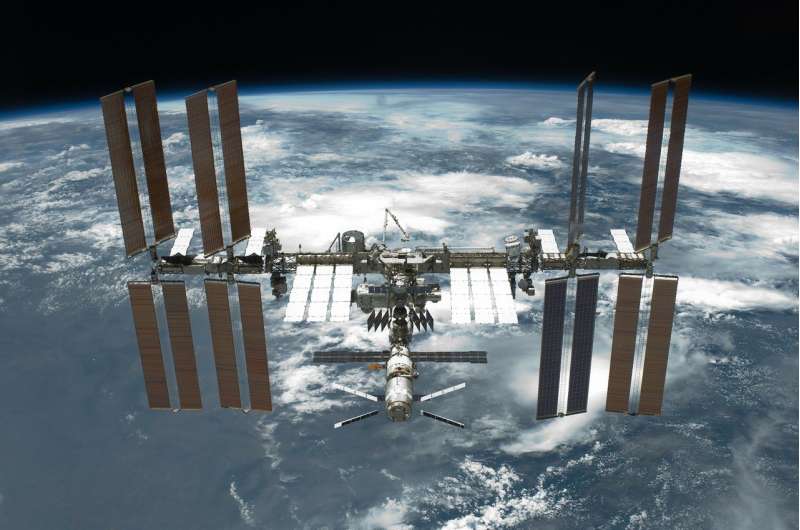NASA will say goodbye to the International Space Station in 2030, and welcome in the age of commercial space stations

Stephanie Baum
scientific editor

Andrew Zinin
lead editor

For 24 hours a day, seven days a week since November 2000, NASA and its international partners have sustained , including at least one American—a streak that will soon reach 25 years.
When viewed in the history of spaceflight, the International Space Station is perhaps one of humanity's most amazing accomplishments, a shining example of among the United States, Europe, Canada, Japan and Russia. But all good things must come to an end.
In 2030, the International Space Station : driven into a remote area of the Pacific Ocean.
I'm an who has helped build a range of hardware and experiments for the ISS. As a member of the spaceflight community for over 30 years and a 17-year member of the NASA community, it will be hard for me to see the ISS come to an end.
Since the first pieces of the International Space Station were launched in 1998, the station has been across domains that include materials science, biotechnology, astronomy and astrophysics, Earth science, combustion and more.
Astronauts performing research inside the space station and payload experiments attached to the station's exterior have generated many publications in peer-reviewed science journals. Some of them have , led to improvements in of key cancer-fighting drugs, in space, explored the and explained .
In total, more than 4,000 experiments have been conducted aboard the ISS, dedicated to advancing and improving life on Earth and helping forge a path for future space exploration activities.
The ISS has proven the value of conducting research in the unique environment of spaceflight—which has very low gravity, a vacuum, extreme temperature cycles and radiation—to advance scientists' understanding of a wide range of important physical, chemical and biological processes.
Keeping a presence in orbit
But in the wake of the station's retirement, NASA and its international partners are not abandoning their outpost in low-Earth orbit. Instead, they are looking for alternatives to continue to take advantage of low Earth orbit's promise as a unique research laboratory and to extend the continuous, 25-year human presence some 250 miles (402 kilometers) above Earth's surface.
In December 2021, to help develop in low-Earth orbit.
For years, NASA has successfully sent supplies to the International Space Station , and the agency recently began similar business arrangements with SpaceX and Boeing for transporting crew aboard and , respectively.
Based on the success of these programs, NASA invested more than US $400 million of commercial space stations and hopefully launch and activate them before the ISS is decommissioned.
Dawn of commercial space stations
In September 2025, NASA issued a draft announcement for commercial space stations. Companies that are selected will receive funding to support critical design reviews and demonstrate stations with four people in orbit for at least 30 days.
NASA will then move forward with formal design acceptance and certification to ensure that these stations meet NASA's stringent safety requirements. The outcome will allow NASA to purchase missions and other services aboard these stations on a commercial basis—similar to how NASA gets cargo and crew to the ISS today.
Which of these teams will be successful, and on what timescale, remains to be seen.
While these stations are being built, Chinese astronauts will continue to live and work aboard their , a three-person, permanently crewed facility orbiting approximately 250 miles (402 km) above Earth's surface. Consequently, if the ISS's occupied streak comes to an end, China and Tiangong will take over as the longest continually inhabited space station in operation: It's been occupied for approximately four years and counting.
In the meantime, enjoy the view
It will be several years before any of these new commercial space stations at (28,000 kilometers per hour) and several years before the ISS is deorbited in 2030.
So while you have a chance, and enjoy the view. On most nights when the ISS flies over, it is simply magnificent: a brilliant blue-white point of light, usually the brightest object in the sky, silently executing a graceful arc across the sky.
Our ancestors could hardly have imagined that one day, one of the brightest objects in the night sky would have been conceived by the human mind and built by human hands.
Provided by The Conversation
This article is republished from under a Creative Commons license. Read the .![]()





















